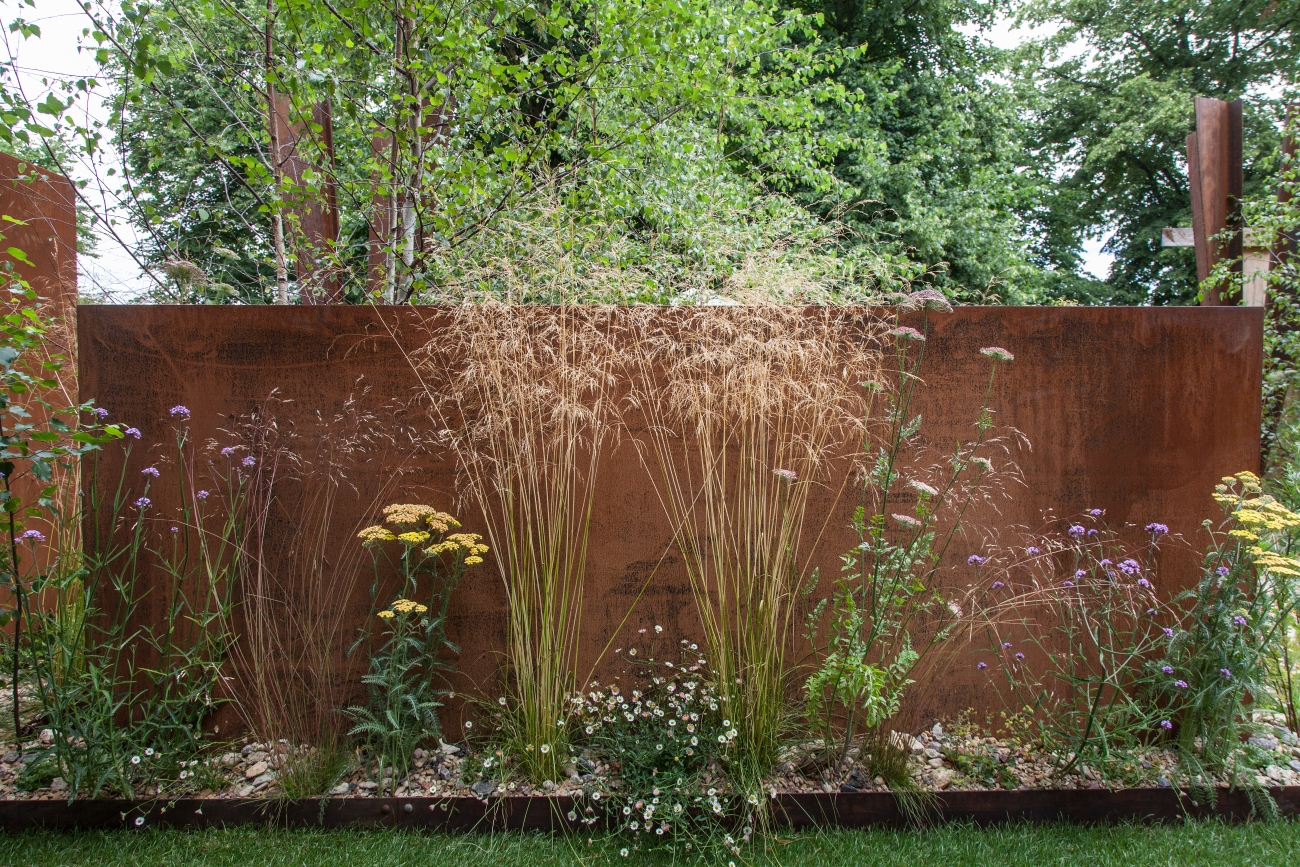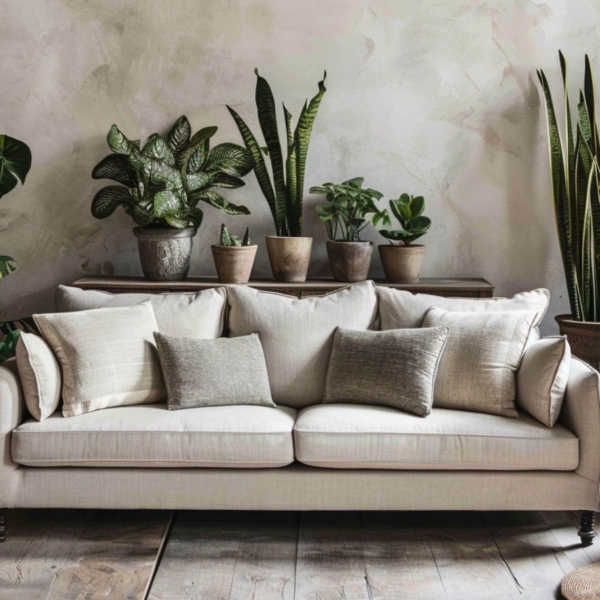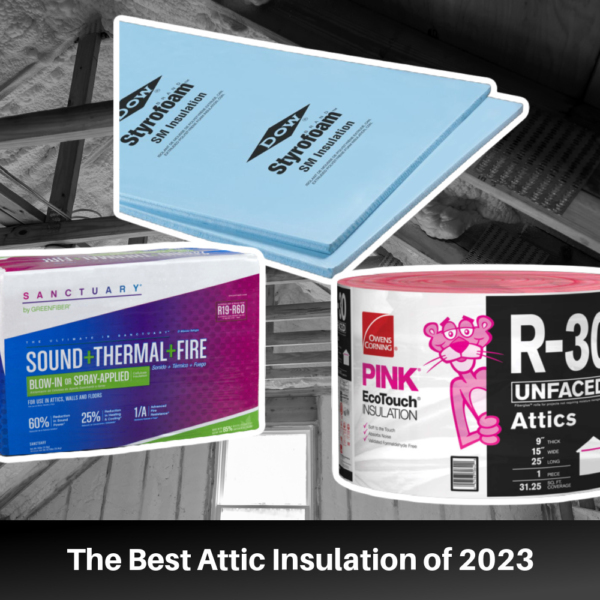Even with the best-laid plans for outdoor improvements, landscape mistakes can ruin even our most important yard areas. Whether it is poor plant selection, neglecting necessary maintenance, or failing to consider the long-term design implications of specific decisions, these mistakes can detract from the beauty and functionality of your yard. Avoiding these pitfalls is critical to creating a thriving outdoor environment that brings beauty and enjoyment to both homeowners and their visitors.
Landscaping Mistakes and How to Avoid Them
Homeowners can create a beautiful, resilient, and sustainable outdoor landscape by being aware of these common landscaping mistakes and taking proactive steps to avoid them.
Lack of an Overall Yard Plan

Without a clear and cohesive vision guiding the design and implementation process, some homeowners may find themselves making haphazard decisions that, in the end, waste time, money, and effort. Having a clear roadmap will allow a homeowner to work toward a cohesive design that maximizes beauty, function, and an enduring landscape.
You can approach creating a plan yourself or consider consulting with an experienced landscape architect. As you design your plan, take into account your aesthetic preferences, desired functionality, budget constraints, and on-going maintenance needs. Any comprehensive yard plan should not just consider the immediate yard design but also long-term goals and considerations.
Improper Plant Selection

Choosing the wrong plants for your yard is a common mistake that wastes time and money. Plants that are selected without regard for climate, soil conditions, sunlight, or mature plant size may struggle to thrive or die entirely. While some plants may be technically suitable for your area, they may require frequent watering or fertilizer to thrive in your yard. Before investing in a specific plant, make sure you believe it is worth the money and effort.
To avoid the pitfalls of poor plant selection, speak with local gardening experts at nurseries in your area, or even local amateur gardeners you know. They can assist you in selecting plants that will thrive in your environment while requiring little effort. Choose native or adapted plant species that are naturally suited to the climate, soil conditions, and sun exposure in your area.
Irregular Maintenance

A cluttered or overgrown yard is a red flag for potential buyers and can make your home appear neglected as well. Common maintenance tasks like mowing, pruning, watering, fertilizing, and weeding are not exciting, but they are necessary to keep your yard looking its best.
To avoid maintenance issues with your yard, homeowners should develop a task schedule that prioritizes yard duties, especially during the warm, high growing seasons. This schedule should include regular watering, pruning, fertilizing, and weed control. Work through this schedule on a monthly basis, setting aside time each week to focus on a few tasks. If you can not do the work yourself, set aside money to pay for professional landscaping. Save money by doing some of the work yourself and only hiring out for tasks that are too time-consuming or difficult.
Too Much Yard Art

Excessive yard art can make your entire outdoor space appear cluttered and disorganized, which will take away from its overall aesthetic appeal. While certain decorative elements, like birdbaths, yard signs, sculptures, figurines, and ornaments, can give your yard personality and charm, using too many of them will remove the focus from the area’s natural beauty. They detract from the organic visual balance that outdoor areas possess and add to the kitschy aesthetic that can detract from the design.
To avoid this landscape mistake, it is essential to exercise restraint when adding yard art to your landscaping. Prioritize high-quality items over quantity. Rather than trying to cover every surface with man-made elements, think about how a select few can draw attention to important spots or accentuate the beauty of the surrounding environment.
Choosing Plants That Are Too Big

Purchasing plants that are too large is a common landscape mistake that is simple to make because larger plants have a greater immediate impact and add maturity to the garden. But large plants quickly outgrow their allotted space in the garden, leading to greater competition and overcrowding with the other plants in the area. This can not only look unbalanced, but overcrowded plants are less able to put forth abundant fruit and flowers. These plants also require more maintenance and have a higher initial cost. Choosing smaller plants simplifies transportation and promotes healthier growth over time.
When selecting new plants, it is useful to understand the mature size and growth patterns of each variety. This will allow you to envision how a plant will look and function as it grows. Taking these long-term factors into account will allow you to create a well-balanced and cohesive design that will thrive for many years.
Neglecting to Plan for Every Season

The most effective landscaping design takes into account all of the seasons and strives to create a landscape that is both beautiful and functional throughout the year. While it is easy to plan striking landscaping in the warm months, creating seasonal interest during the cold seasons can be a challenge.
To create a garden or landscape with color and textural interest throughout the year, you should select a diverse range of plants that have different growing seasons. Consider also ways that you can provide landscape interest with seasonal elements like fire pits, outdoor lighting, or seasonal decor.
Creating a High Maintenance Yard

High-maintenance yards, such as those that necessitate frequent pruning, weeding, mowing, and trimming, can be lovely, but they can also be off-putting to prospective buyers. Many people are discouraged from owning homes with extensive, high-maintenance yards because they know they will have to put in the time and effort to maintain them themselves or pay someone else to do so.
Rather than invest in a yard design that requires so much time and effort to keep up, plan a design that can partially manage itself. Choose plants that are native to the environment to avoid constant watering. Slower growing plants will diminish the need for constant pruning. Consider using ground covers and mulch to discourage the growth of weeds.
Choosing Invasive Plants

Invasive plants are more than just a bad landscaping choice. They are more significant because they can have a negative impact on the environment, biodiversity, and the long-term preservation of the landscape. The term “invasive” refers to plants that can outcompete native plants, depriving them of nutrients and space. They act as hosts for a variety of pests and diseases, which can spread to native plants and decimate entire ecosystems. Because of these and other issues, many areas have banned or restricted the sale and distribution of these plants.
Rather than purchasing invasive plants that will undoubtedly cause problems in the future, opt for native and non-invasive species that promote healthy and sustainable ecosystems.
Lack of Lighting

Many outdoor landscapes do not include lighting, which is a missed opportunity to increase visual interest while also improving outdoor safety. The most effective outdoor landscaping requires careful consideration of lighting. A homeowner can use various types of lighting, such as uplights, downlights, path lights, and string lights, to create focal points for specific features and transition more smoothly between areas. You can also use lights to emphasize specific architectural features on your home.
Keeping the Lawn Too Short

While neglecting your yard can reduce your curb appeal, so can cutting your lawn too short. Cutting your lawn too short exposes the grass roots to harsh conditions such as sunlight, heat, and heavy foot traffic, resulting in stunted and weak growth. This weak grass will be unable to compete with invasive weeds such as crabgrass and dandelions. This can also result in thin, sparse lawns that struggle to control erosion and nutrient runoff.
Consider the type of grass you have and follow the blade length recommendations. You can cut many types of grass shorter in the summer, so take into account the seasonal variation in grass length as well. Regularly cutting the lawn at the appropriate length encourages deep root growth and thick grass coverage.
Neglecting Landscape Borders

Not putting enough thought into defining your landscaping with borders can detract from the appearance of your yard. Borders help differentiate between areas such as flower beds, pathways, lawns, and wild areas. Well-defined areas help to guide the eye and give your yard a sense of order and purpose. Practically, borders also help to keep plants separate and avoid competition between species.
Homeowners should prioritize the maintenance of borders as part of their large yard maintenance goals. This should include edging flower beds, pathways, and lawns to create and maintain clear borders. Maintaining borders will also entail mulching to suppress weed growth and monitoring for erosion and deterioration.
Ignoring Drainage

Excessive water in certain areas can cause a variety of issues, including soil erosion, waterlogging, plant stress, and structural damage to buildings. Avoiding drainage problems necessitates a thorough examination of your property to determine how water drains on it.
After assessing your water requirements, you may need to install drainage systems such as a French drain, swales, or dry wells, or grade the landscape away from vulnerable areas. While this process can be time-consuming and potentially costly, managing your water allows you to create a strong and thriving landscape design with fewer future concerns.


